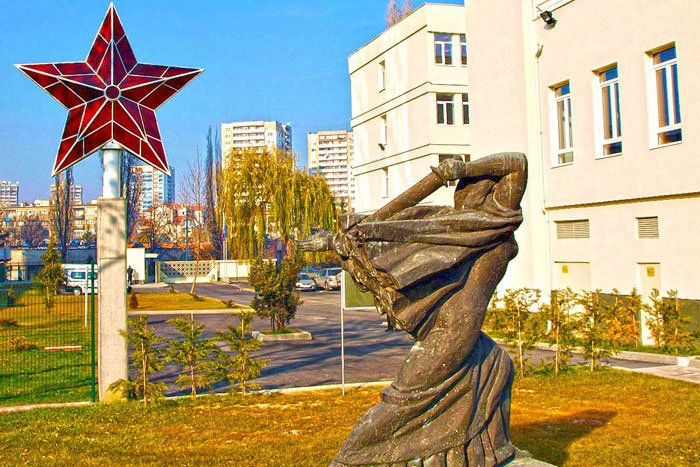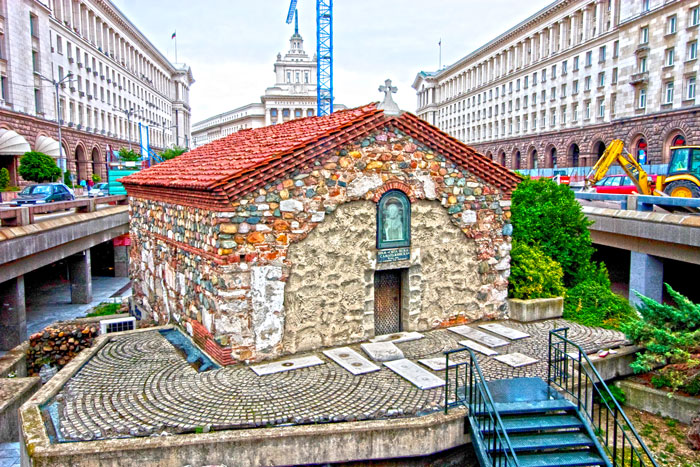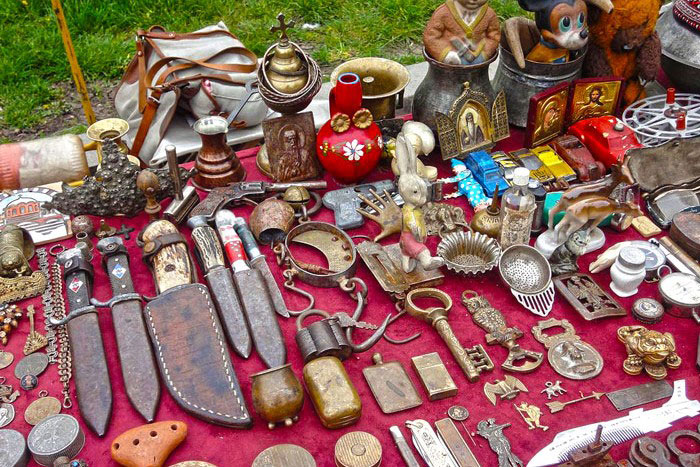The Museum of the Socialist Art or Museum of the Totalitarian Art and Sofia daily tours
Sofia daily tours – After the communist regime in Bulgaria collapsed people, led by the anger accumulated during all these years, started destroying all the symbols of that time. Too many things had been destroyed and neglected for long years.
The Museum isn’t the easiest place to find. It is housed in a gated Ministry of Culture building and there is the treacherous big red star outside in its garden.
The Museum was opened on 19/09/2011 in the capital of Bulgaria, Sofia. Since 1990 many ideas and plans were generated for such museums to be opened in Sofia, Dimitrovgrad and Haskovo. Why Dimitrovgrad and Haskovo? Dimitrovgrad was merely a city built by the Communist Government at the time with the only reason to create a modern industrial centre. Haskovo – an administrative centre at that time and also a place with long history. None of the ideas and plans were turned into action. At that same time many of the Soviet regime monuments were destroyed or dismantled…
It all started again in the summer of 2011 when a group of artists painted “pop icons” on the Soviet army memorial. That was ‘the last drop that made the cup run over’. Immediately the country put itself in action and the government decided to establish museums in Bulgaria. As a result of that decision the Museum of Contemporary Art, the Museum of Ancient Sofia, and the National Museum Complex (renamed as “the Bulgarian Louvre”) were established. Soon after that the Museum of Socialist art was established as well.
Minister of Culture at the time, Vezhdi Rashidov put a really big effort for the museum. ‘We like it or we don’t like it, Communism is part of our history’. “It was high time to put that era where it belongs – in a museum”, he also said at the opening.
Definitely a visit to the museum during Sofia daily tours, will give you an idea of what it was like in Communist Bulgaria.
Communist Bulgaria
The Museum has three parts – an outside area which is crowded with sculptures and busts of famous communist leaders and revolutioners; an indoor area with more busts and portraits and paintings from the communist era. There is another further indoor area, a media or video hall, where propaganda films and newsreels related to the communist period are screened. There are English subtitles so one can catch the spirit of the era.
77 sculptures including Soviet Union’s founding father Vladimir Lenin, Bulgaria’s first communist leader Georgy Dimitrov and long-ruling dictator Todor Zhivkov (36 years), 60 paintings and 25 smaller plastic art works created between 1945 and 1989 by the most renowned sculptors and painters of the time are exhibited there.





